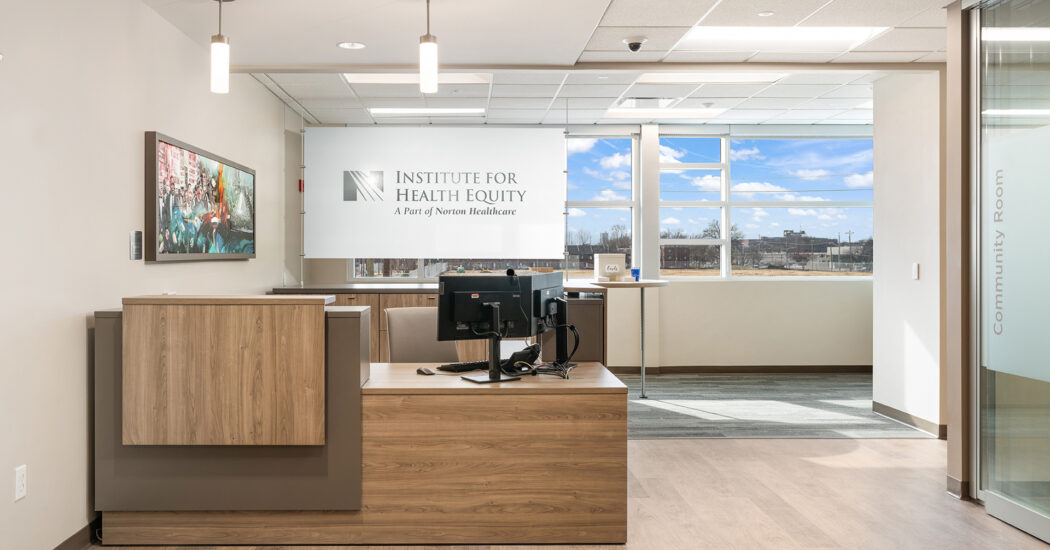Principles of Behavioral Health Design: Putting People at the Center of Safety and Healing
-
Category
Studio-Healthcare -
Posted By
Schmidt Associates -
Posted On
Aug 28, 2025
Designing behavioral health spaces requires more than technical expertise—it takes empathy, foresight, and a deep commitment to the people who rely on these environments. At Schmidt Associates, we approach every behavioral health project with stakeholder-centric principles that guide our team from initial planning through occupancy.
From understanding jurisdictional codes to selecting anti-ligature finishes, our design process protects dignity while enabling care. These five core principles form the foundation of every space we create.
Location, Location, Location
Navigating the regulatory process is one of the most complex aspects of behavioral health design. Add healthcare requirements and location-specific codes, and the challenge grows.
We work closely with clients to understand licensing, operations, location, and programmatic needs. This allows us to establish a clear space allocation program and identify applicable codes early—setting the stage for a successful project.
Risk Assessment
A space-by-space risk assessment is essential in behavioral health design. Our team collaborates with stakeholders to evaluate each room based on its function, potential hazards, and safety needs.
This room-by-room approach ensures risk management remains central throughout the design process, allowing us to apply the appropriate strategies with accuracy and intention.
Anti-Barricade Strategies
As the need for privacy increases in behavioral health environments, so does the potential for patients to use spaces to barricade themselves. We address this by designing adaptable spaces that incorporate integrated anti-barricade solutions.
These strategies maintain safety while supporting dignity and therapeutic goals.
Anti-Ligature Strategies
Designing flexible, adaptable spaces in behavioral health settings requires careful material and accessory selection. Our team stays current on behavioral health trends, product innovations, and code updates to apply the best anti-ligature solutions—tailored to each space.
Through informed design, we balance flexibility with safety and compliance.
Access Control
Effective behavioral health spaces must support secure access without compromising operational flow. Our in-house team of architects and engineers—mechanical, electrical, plumbing, and civil—collaborate to integrate access control solutions that are both secure and intuitive.
We ensure every decision supports client operations and reinforces a people-centered design approach.
Designing With Purpose
From permitting to post-occupancy, Schmidt Associates brings clarity, compassion, and consistency to every behavioral health project. These guiding principles help us create spaces that are flexible, compliant, and—most importantly—supportive of recovery, resilience, and respect.
Learn how these principles come to life in real-world settings.








